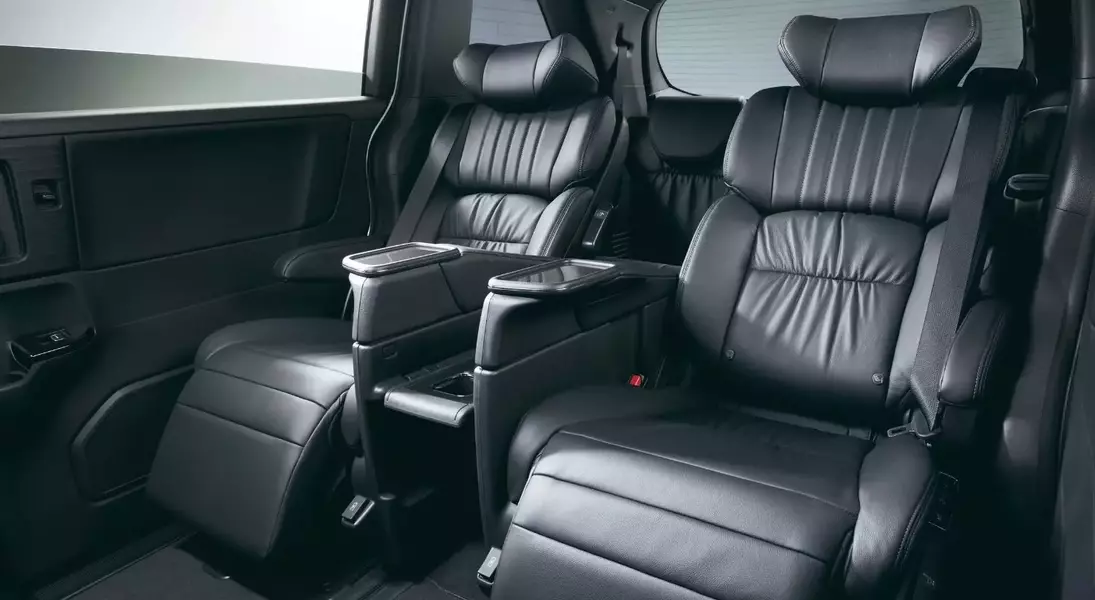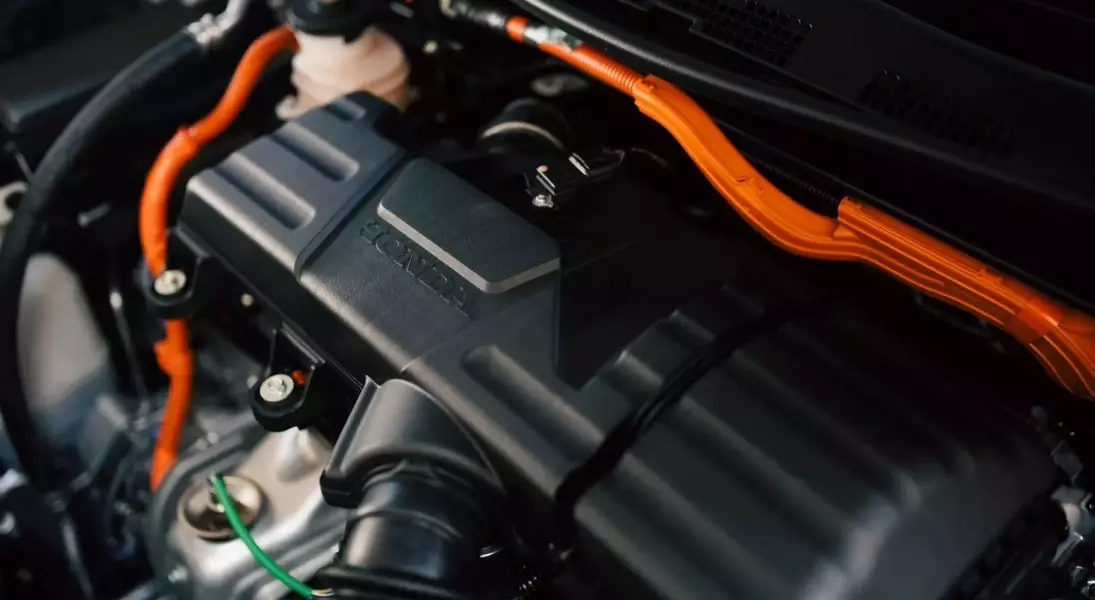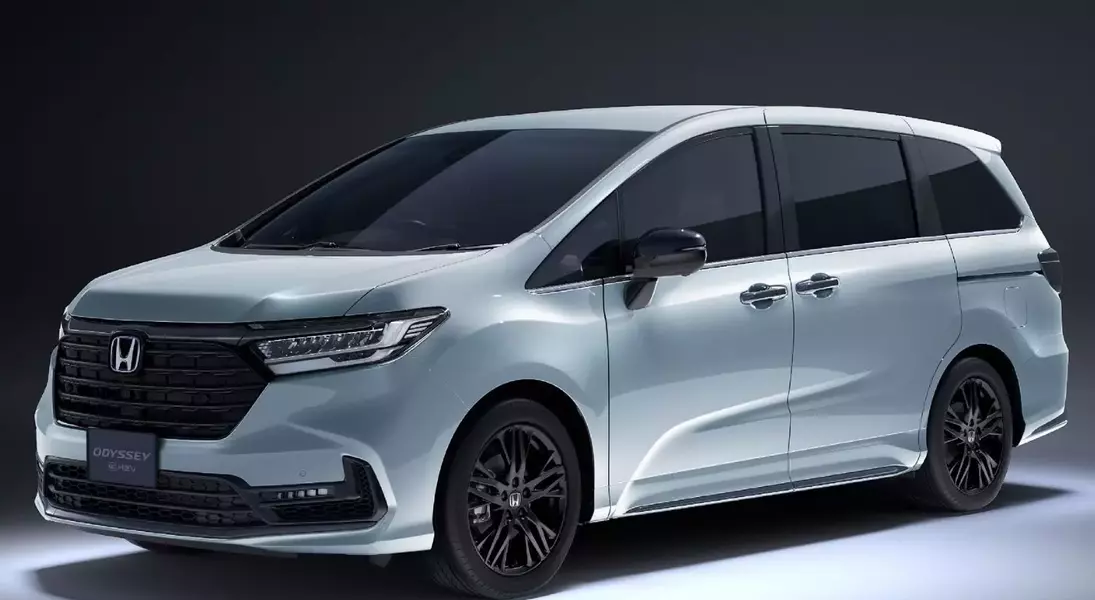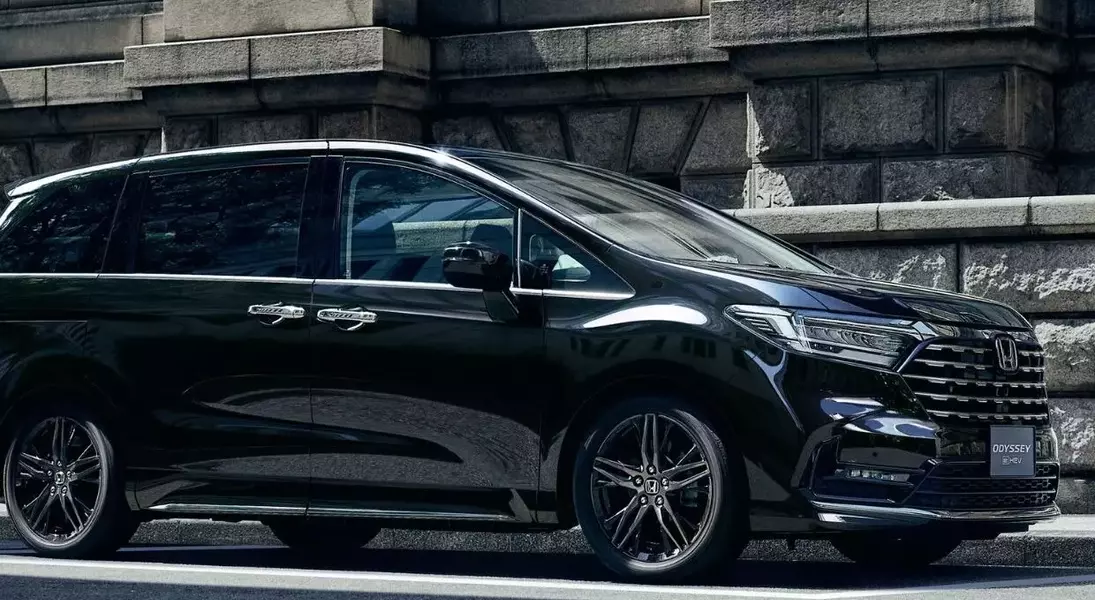











Honda's Odyssey minivan has long been a staple in families worldwide, yet its evolution has taken distinct paths across continents. For over two decades, two separate versions of the Odyssey have been catering to regional preferences. While North American drivers have come to expect a spacious minivan, specifically designed with sliding doors, Asian markets, particularly Japan and China, have embraced a more compact model that now boasts advanced hybrid technology. This divergence underscores a significant gap in available options for American buyers who are increasingly seeking more fuel-efficient and environmentally conscious vehicle choices in the minivan segment.
The Global Tale of Two Odysseys: A Look at Market Divergence
Since 1999, the Honda Odyssey has navigated a dual existence, with one iteration designed for North American roads and another tailored for various Asian territories. In a notable update for November 2025, the Japanese and Chinese markets welcomed a refreshed Odyssey. This model, which originally debuted in late 2013, received subtle enhancements to its 2025 variant, including fresh color palettes and the introduction of a sophisticated black edition trim level. However, the most compelling feature of these updated Asian-market Odysseys is their exclusive hybrid powertrain. These models, available since 2023, utilize the same efficient hybrid system found in the Accord, Civic, and CR-V hybrids, featuring a 2.0-liter Atkinson-Cycle engine paired with a compact battery and two electric motors. This configuration, while delivering a modest 181 horsepower and 232 lb-ft of torque, significantly boosts fuel efficiency to an impressive 49 mpg in Japanese testing. Meanwhile, the American Odyssey, known for its larger V6 engine providing 280 horsepower and 262 lb-ft of torque, continues without an electrified option, despite growing consumer demand and the hybrid offerings of its key rivals such as the Kia Carnival, Chrysler Pacifica, and the entirely hybrid Toyota Sienna. This disparity creates a pressing need for Honda to introduce an electrified minivan to the American market, aligning with the industry's shift towards sustainable mobility. While a full redesign for the American Odyssey isn't expected until around 2029, there is optimism for a future V6 hybrid option that could differentiate it from competitors and capture a new segment of environmentally conscious consumers.
The contrasting availability of hybrid Odyssey models across different markets serves as a clear indicator of evolving consumer demands and regulatory pressures. For American consumers, the absence of a hybrid Odyssey represents a missed opportunity for Honda to meet the growing desire for fuel-efficient family vehicles. As the automotive landscape continues its rapid shift towards electrification, providing diverse and sustainable options will be paramount for manufacturers to remain competitive and cater to a wider range of preferences and priorities.
